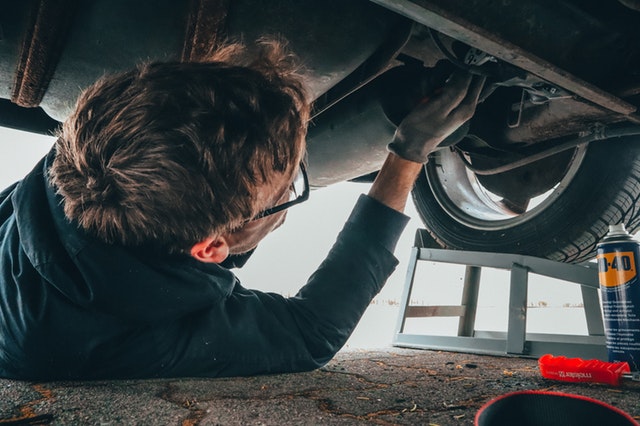Have you ever taken a look at the skyscrapers around you and marveled at their industrial beauty? Or wondered just how certain structures were built? Do you have an appreciation for modern-day architecture?
If you have, you can thank lifting equipment for most of that. It is a vital cog in the wheel of many industries and applications. Today we’ll be discussing everything you need to know about lifting equipment.
What is Lifting Equipment?
In a nutshell, lifting equipment is an umbrella term used to describe any equipment that is used for the purpose of lifting loads. The anchors, attachments and other accessories that work with these pieces of machinery are also classed as lifting equipment.
Lifting equipment is found in all kinds of industries and is used for a vast range of applications. For example, lifting equipment can be found in settings ranging from small mechanical workshops and on moving companies’ truck beds to airplane hangars & shipping yards.
The Different Kinds of Lifting Equipment
Any piece of equipment that is used to lift loads is classed as lifting equipment. The most commonly used pieces of lifting equipment are:
- Forklifts
- Hoists
- Cranes
- Jacks
- A-frames
- Winches
- Power shovels
- Vacuum lifting devices
- Runway beams
- Lifting frames
- Eyebolts
- Shackles
- Slings
- Ropes
- Chains
The Risks, Rules and Regulations of Using Lifting Equipment
Using lifting equipment is called for in many situations. In most instances the load is simply too heavy, too large or too awkward to lift manually and thus using lifting equipment is deemed necessary.
But there are many risks that come with using lifting equipment. A few of these risks include:
- Body parts can be trapped and crushed between moving parts
- Skin can be cut, severed, punctured or stabbed by the equipment’s sharp edges
- A load can be dropped and land on top of the people below
- Burning and scalding can be caused by emissions, parts & materials of certain equipment
- Falling off lifting equipment can lead to serious injury or death
Because of how dangerous it can be to work with it, the world of lifting equipment is a heavily regulated one. There are different organisations and acts such as LOLER, HASWA & PUWER are responsible for ensuring equipment is being operated properly and safely.
All employers are legally required to make sure their employees are working in safe conditions. The requirements to operate equipment include:
- Only competent, trained and experienced persons may oversee lifting operations
- Any lifting equipment operator needs to be licensed
- All equipment needs to be regularly monitored and inspected by regulatory boards
- Lifting equipment needs to be visibly marked with warnings, cautions and operational guidelines
Pros and Cons of Lifting Equipment
Before wrapping up this article, let’s take a quick look at the pros and cons associated with equipment.
Pros:
- Reduces manual load carrying by employees
- Capable of handling both simple and complex lifting jobs
- Will increase efficiency on site
- Regulatory requirements mean that onsite safety is prioritised
Cons:
- Needs to be operated by a highly trained hand
- Expensive to purchase
- Extremely dangerous when not operated properly
Do You Need Lifting Equipment?
Lifting equipment can be purchased from a number of suppliers, both in the real world and online. If you’re worried about the hefty cost of purchasing equipment, consider hiring it or even purchasing it secondhand. If you do opt to purchase secondhand equipment, insist on a full-service history.
Whether you opt to purchase or hire equipment, be sure to consider the following:
- Always opt for a equipment supplier that has a proven track record. Take a look at their website to check up on how long the company has been around for, their past clients and the type of projects they’ve assisted with as well as any reviews or testimonies.
- Make sure that the supplier has all the necessary certifications and is compliant with all regulatory standards. These standards vary depending on where you’re based and where the work will be physically conducted.
- The customer service and after sale support is just as important when purchasing or hiring equipment as it is when dealing with other products & services. You need to know that, should any issues arise, you have a dedicated person who will assist you.
Final Thoughts
And there you have it; everything you need to know about lifting equipment. What it is, how to use it safely and how to get your hands on some for yourself.
Do you use any kind of lifting equipment? If so, what’s your favourite piece of lifting gear? Let us know in the comments section below.




